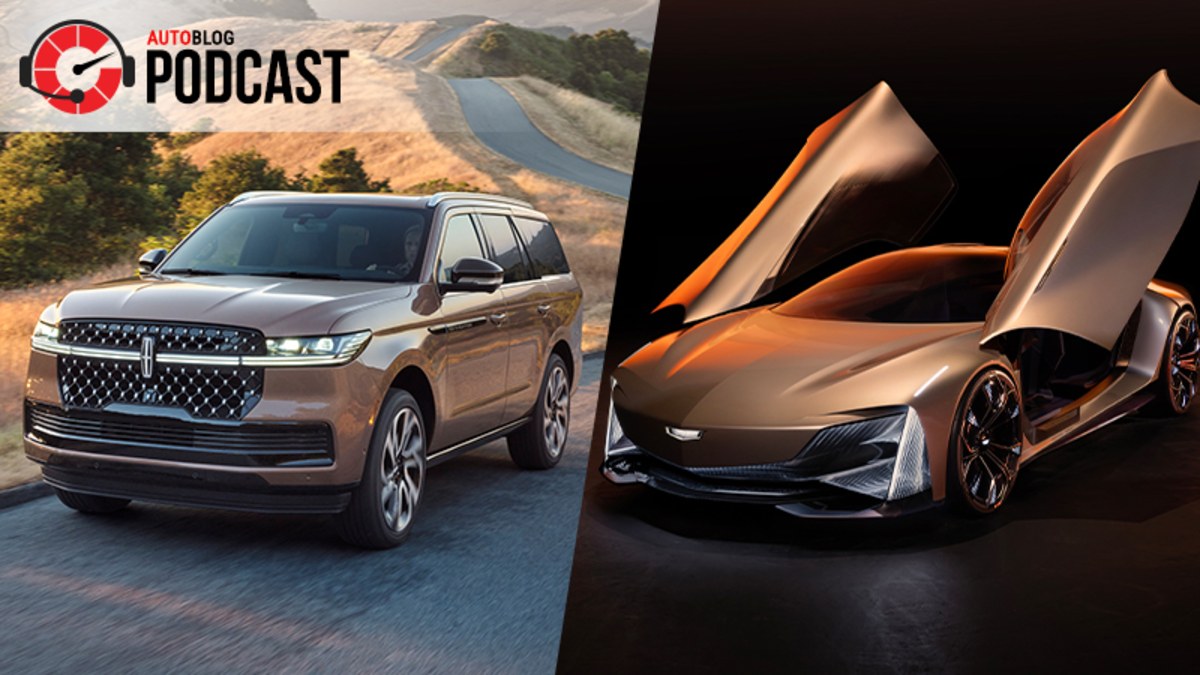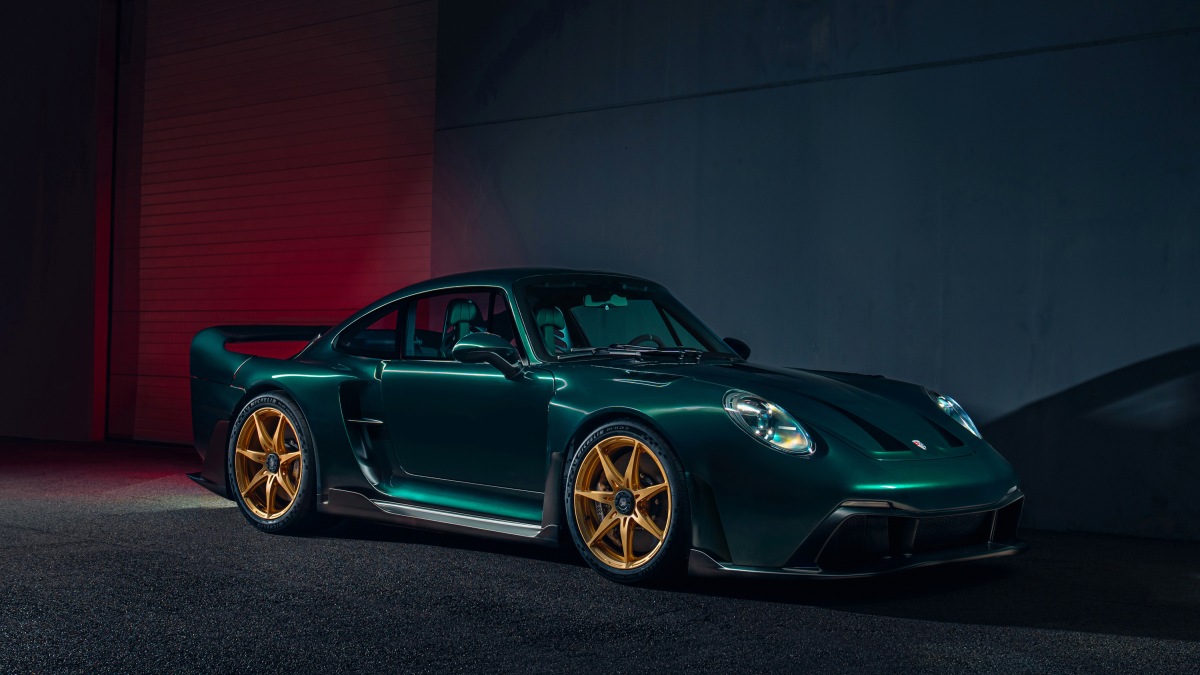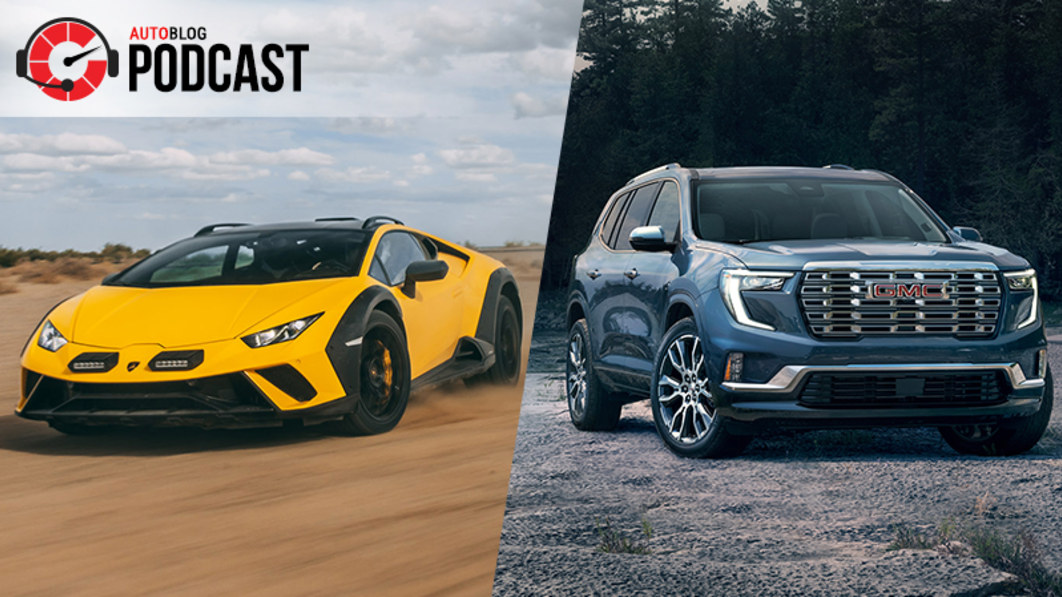When Porsche introduced its first SUV, the Cayenne, in 2002, enthusiasts lost their mind over the idea of the archetypal sports car company betraying its heritage by serving up a jacked-up soft-roader. (Not helping matters: the fact that it looked like a bloated fish carcass.) But the crossover proved a gold mine for the company, providing the funds that helped enable the continued excellence of the 911 and Cayman / Boxster, as well as projects like the 918 Spyder and the company’s return to the top tier of endurance motor racing.
It’s been the smaller Macan, however, that’s turned out to be the company’s true cash cow. The compact crossover has perched high on Porsche’s sales charts ever since it arrived six years ago, in spite of the fact that it shares some of its bones with the lesser Audi Q5. Still, its comparatively proletarian roots apparently haven’t caused it harm: enthusiasts and journalists alike have been singing its praises ever since it arrived.
But as the old saw goes, the proof of the pudding is in the eating, and the proof of the car is in the driving. So we nabbed a Macan S for a few days of highway and byway driving around the greater Detroit area to see how it really feels to drive Porsche’s pocket crossover.
It feels every bit like a Porsche from behind the wheel
Porsche has long been a master of giving vehicles off shared VW Group platforms a unique brand feel, and the Macan is no exception. From the moment you twist the key (mounted, of course, to the left of the wheel), every control serves up the distinctive connectedness and directness that every car designed in Zuffenhausen these days serves up.
The steering is far sharper and more involving than any crossover’s rack has a right to be; the brakes grab decisively; the suspension keeps the SUV level and balanced even while dissecting tight turns. The 3.0-liter turbocharged V6 may be the base engine in the larger Cayenne and Panamera, but it doesn’t feel one iota like a cheapo choice; its 348 horsepower and 354 pound-feet of torque are more than enough to let this cute ‘ute rip around like a hooligan.
If you snap the Macan S into Sport or Sport Plus modes, the gearbox holds the revs closer and closer to the meat of the power band; left in Comfort, it promptly shuffles up to the highest cog for better fuel economy, although slamming the gas pedal to the firewall will, as in most VW Group cars, spur the engine into the lowest possible gear. (You can also always switch to manual mode and shift with the paddles, too.)
It’s the looker of the carmaker’s SUV lineup
The Cayenne may be newer and more expensive, but the Macan has it beat when it comes to visual appeal. Unlike the taller, chunkier Cayenne, the Macan is lean, low and muscular, with curves that channel the company’s famous sports cars.
The corporate face works better here, too; it has less sheet metal to be stretched across, and the matte black trim pieces make it look more ferocious, evoking bared fangs. It all adds up to one of the most attractive SUVs on the market — at least, if you prefer them more svelte and car-like, rather than boxy and brutalist.
An old interior isn’t always a worse interior
The Macan also whups the Cayenne (and the new Panamera) when it comes to interior usability. Unlike those newer Porsches, it has yet to move over to an almost-all-glass touchpad control, instead sticking with a combination of a 10.9-inch touchscreen display and a series of hard buttons and dials below it and around the shift lever. The resulting combination of physical controls and crisp, clear touchscreen may be one of the best infotainment and car control setups to be found today, bringing the best of the iPhone/Android world and merging it with the muscle memory-optimized realm of tactile controls.
Sadly, other new Porsches like the 992-generation 911 and the all-electric Taycan suggest the carmaker is pretty much all-in on glassy touchscreen interiors for the foreseeable future. But with the current Macan expected to stick around for at least another few years — likely being sold alongside its electric replacement for a while — there’s still time for Porsche to change its mind before it ditches this delightful control system for good.



